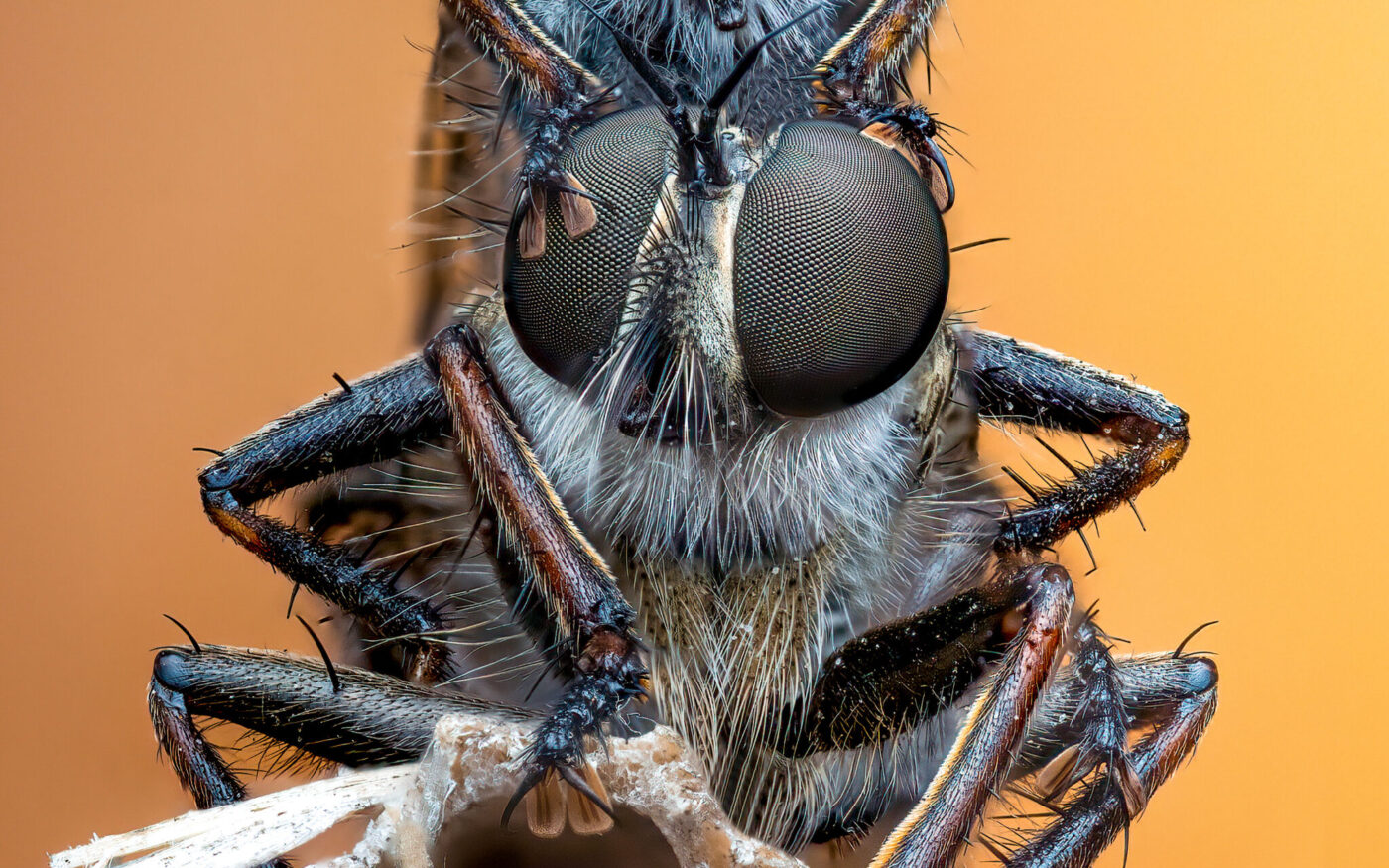1st place
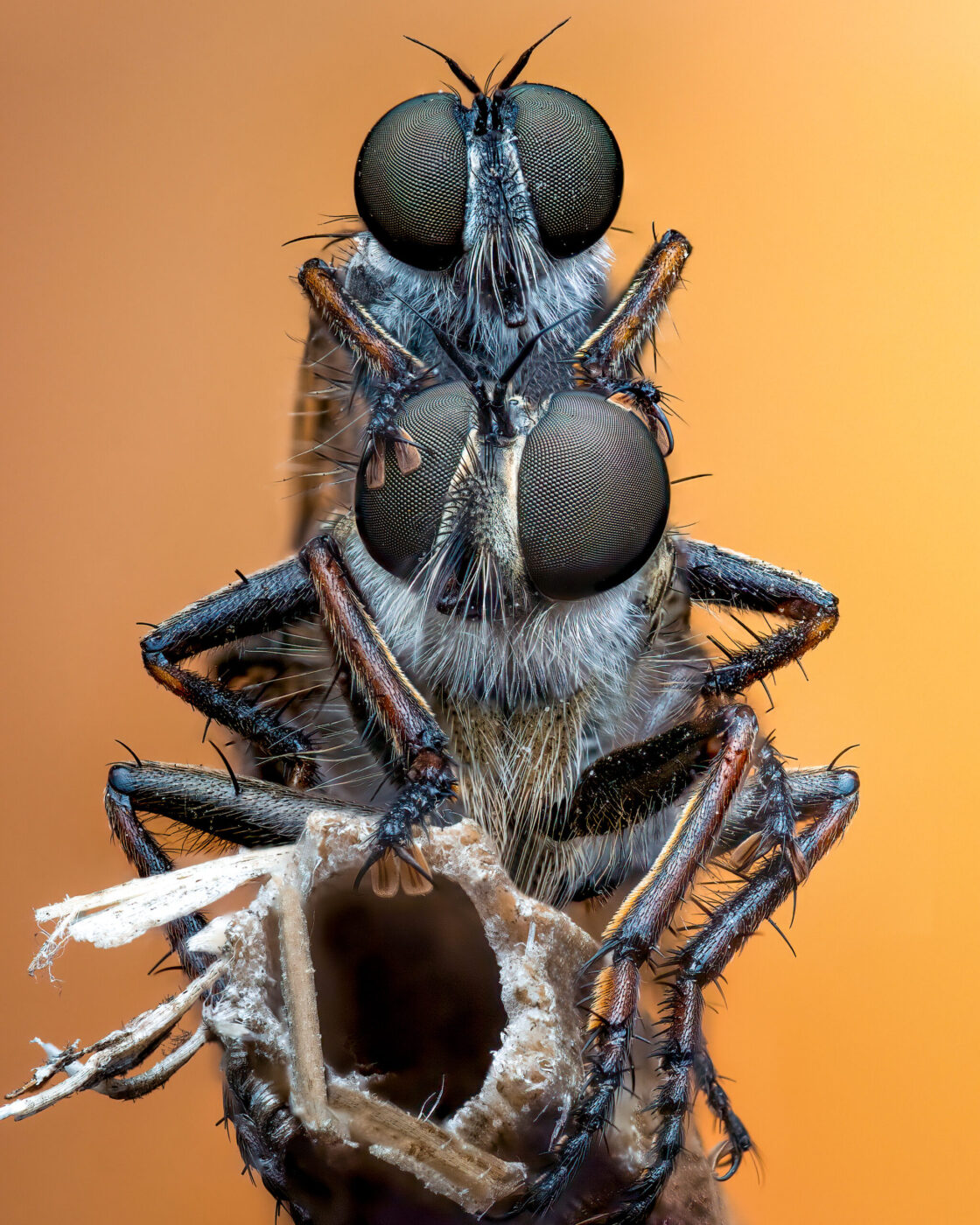
It takes two
Pete Burford
Mating pair of golden-tabbed robber flies. A scarce fly with records from central southern and central eastern England.
- True flies
2nd place
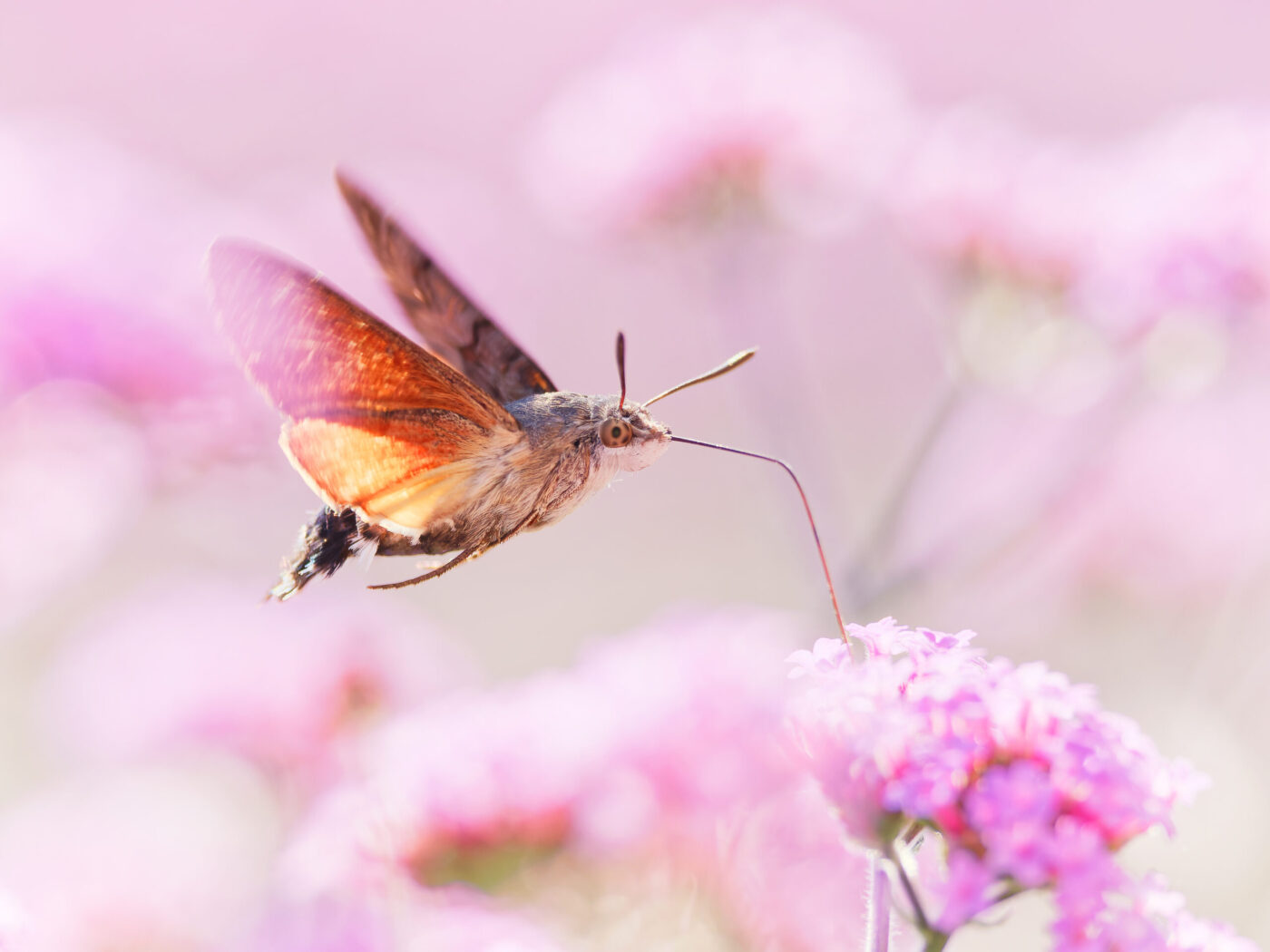
Hummingbird Hawk-moth
Marc Brouwer
This species has a wing-beat frequency of about 75 times per second, similar to a small hummingbird.
- Butterflies and moths
Specially Commended
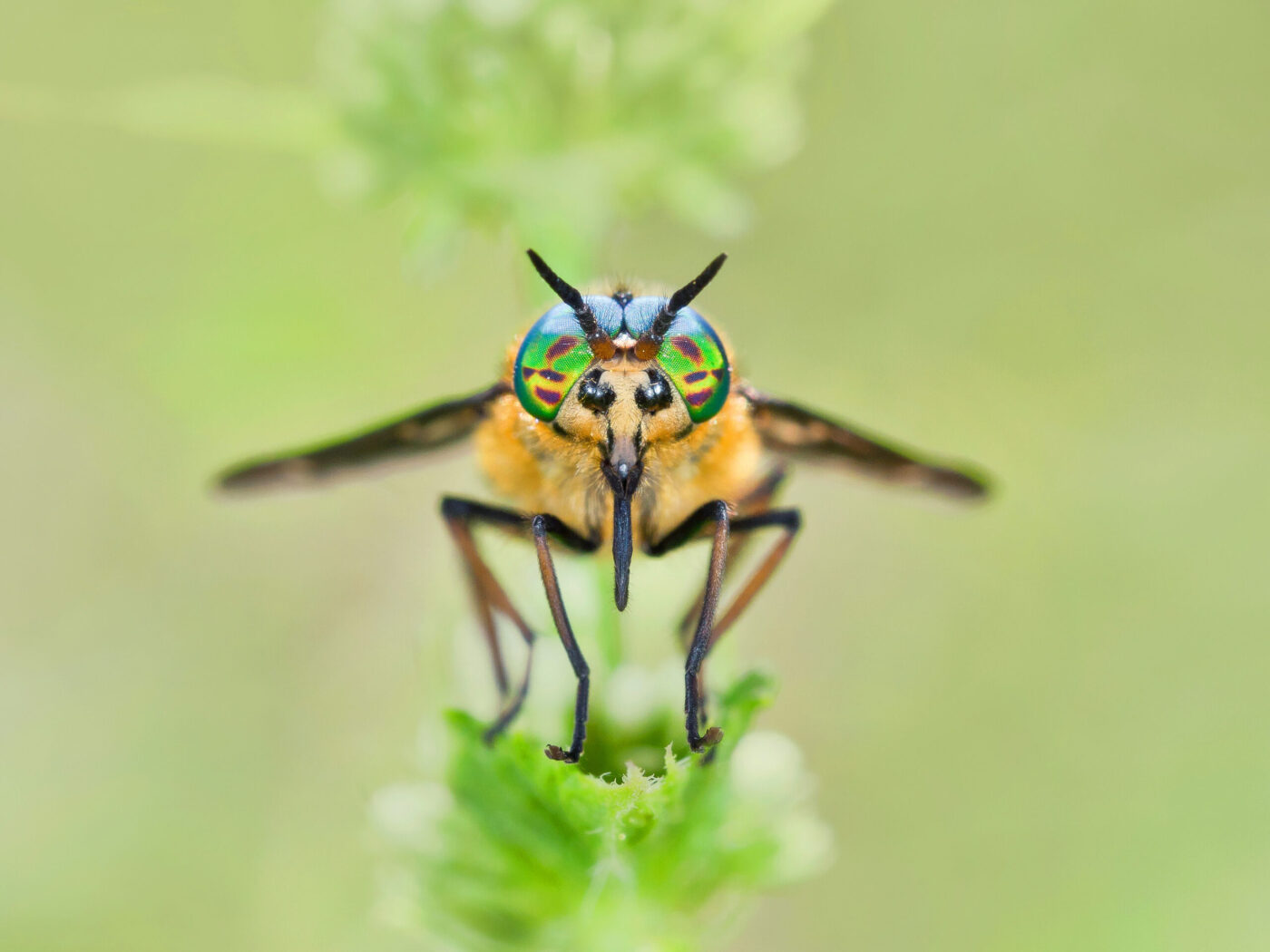
Twin-Lobed Deerfly
Marc Brouwer
Like mosquitoes, egg development in the adult female requires a blood meal from cattle, horses or deer. The males are often seen on flowers while feeding on nectar.
- True flies
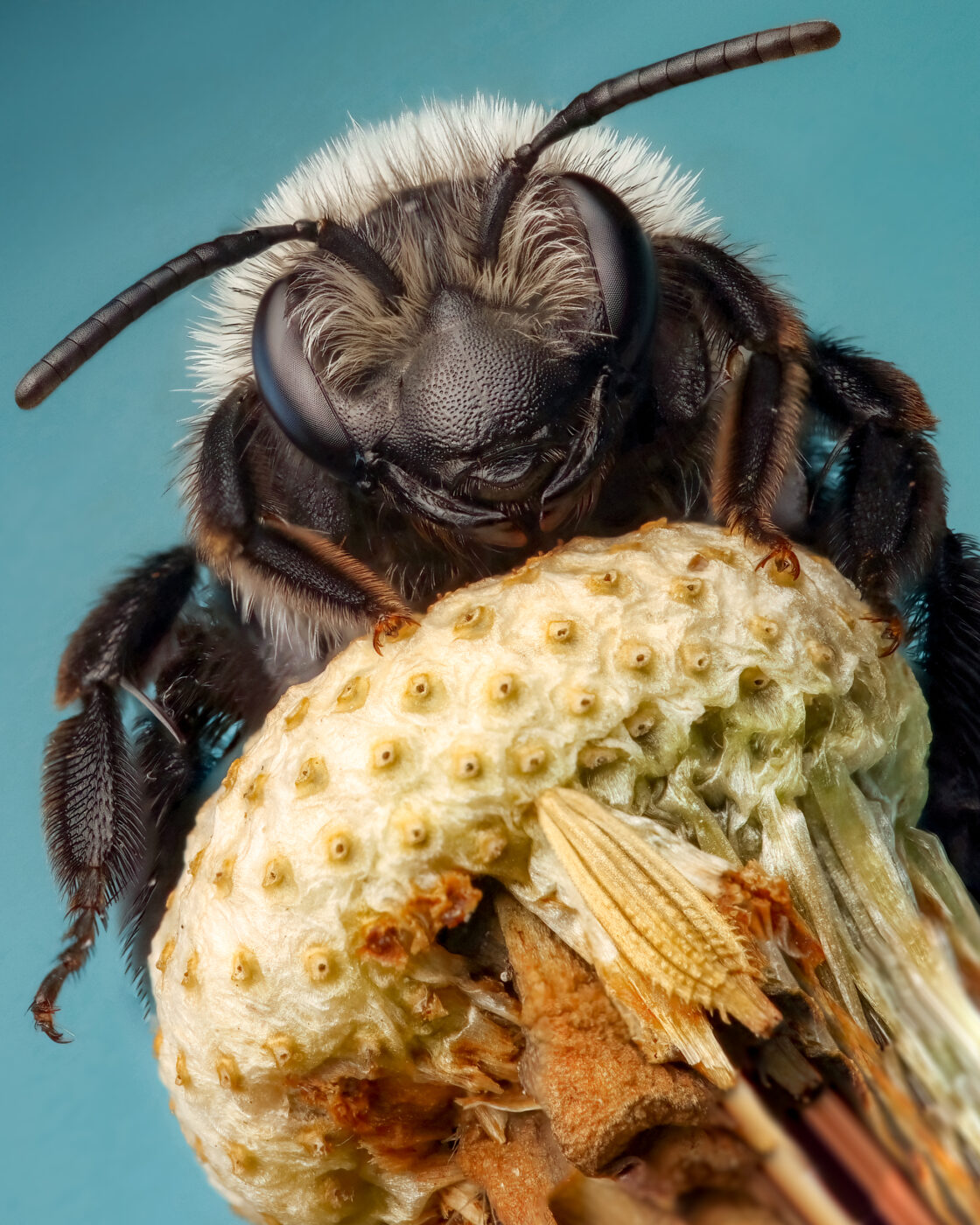
Ashy mining bee on an old dandelion head. Stacked image.
Rory Lewis
A distinctive, early spring-flying bee. Females burrow into the ground to make nests, creating a pile of soil by the entrance. Although these are solitary bees there may be many nests in a small area.
- Ants, bees, wasps and sawflies
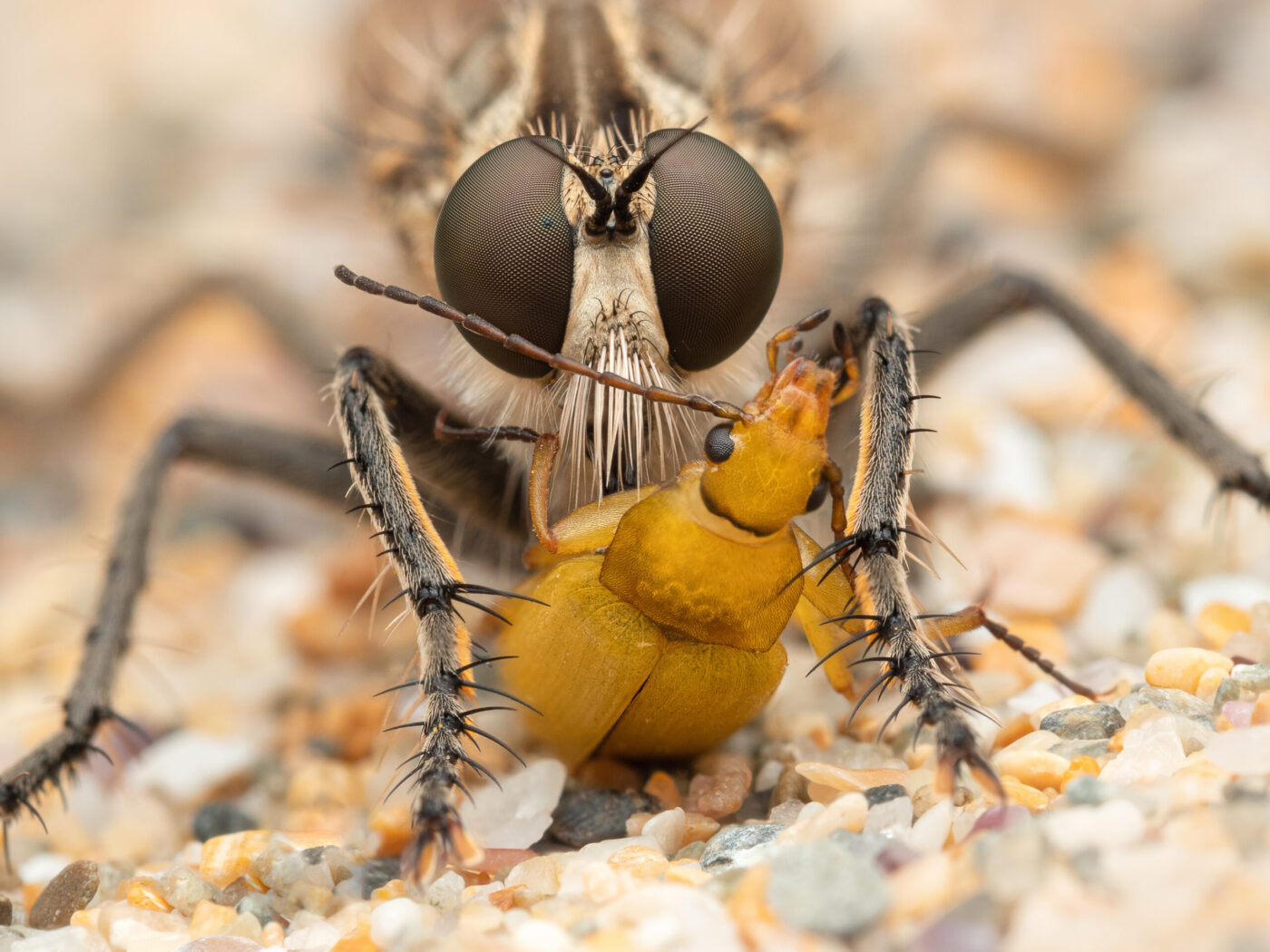
Dune Robber Fly Eating a Sulphur Beetle
Jamie Spensley
Robber flies are robust predators of other insects. They wait in ambush and catch their prey in flight. Like the dune robber fly, the sulphur beetle is a coastal species.
- Beetles
- True flies
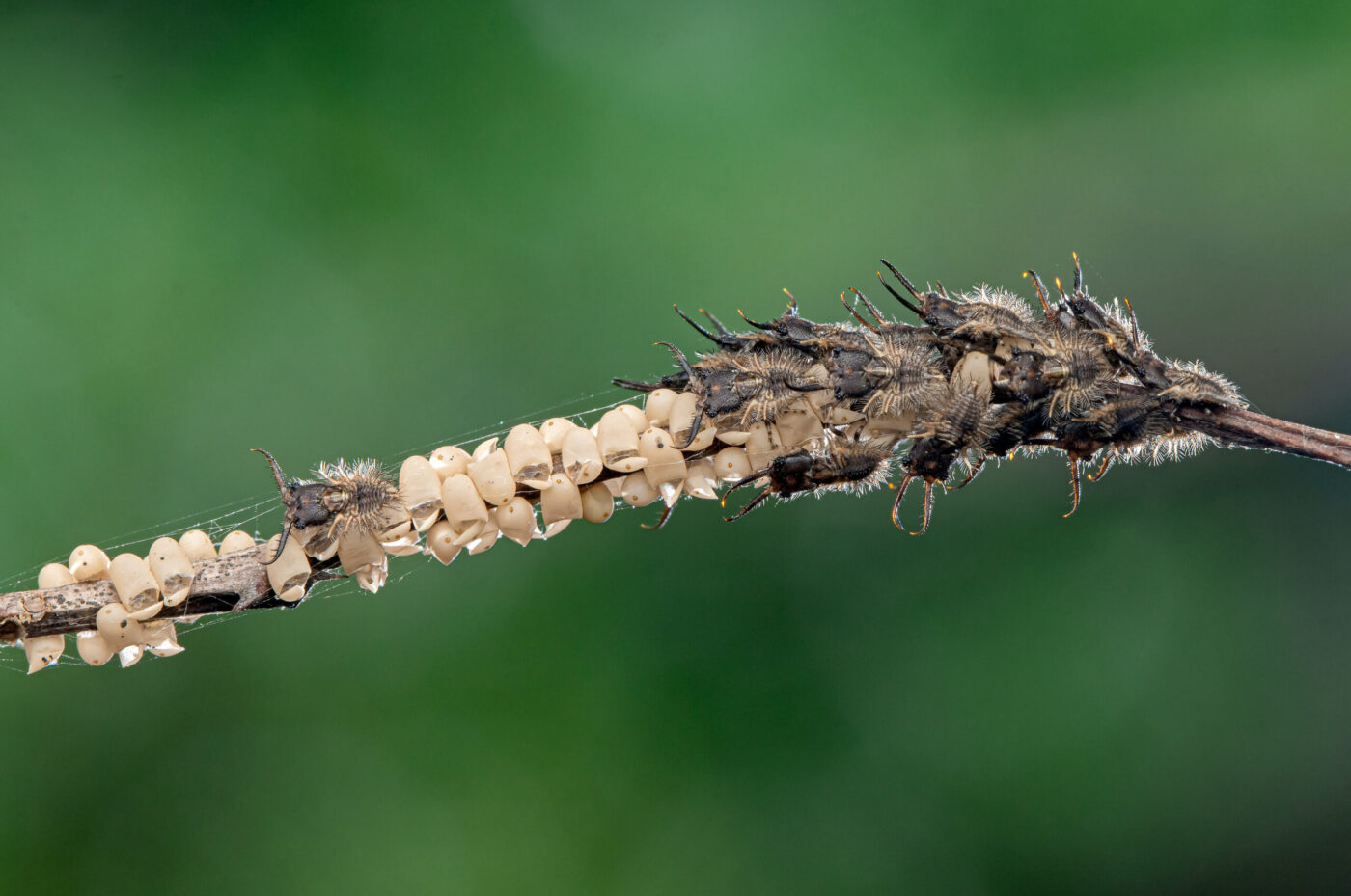
Freshly-hatched owlfly eggs.
Amith Kiran Menezes
Owlflies are one of the “ugly ducklings” of insects. The grotesque larvae are voracious predators in leaf litter and on trees, they ambush insect prey and capture them directly rather than trapping them in sand pits like their close relatives the antlions. They may attach sand and debris as camouflage.
- Lacewings, antlions and mantidflies
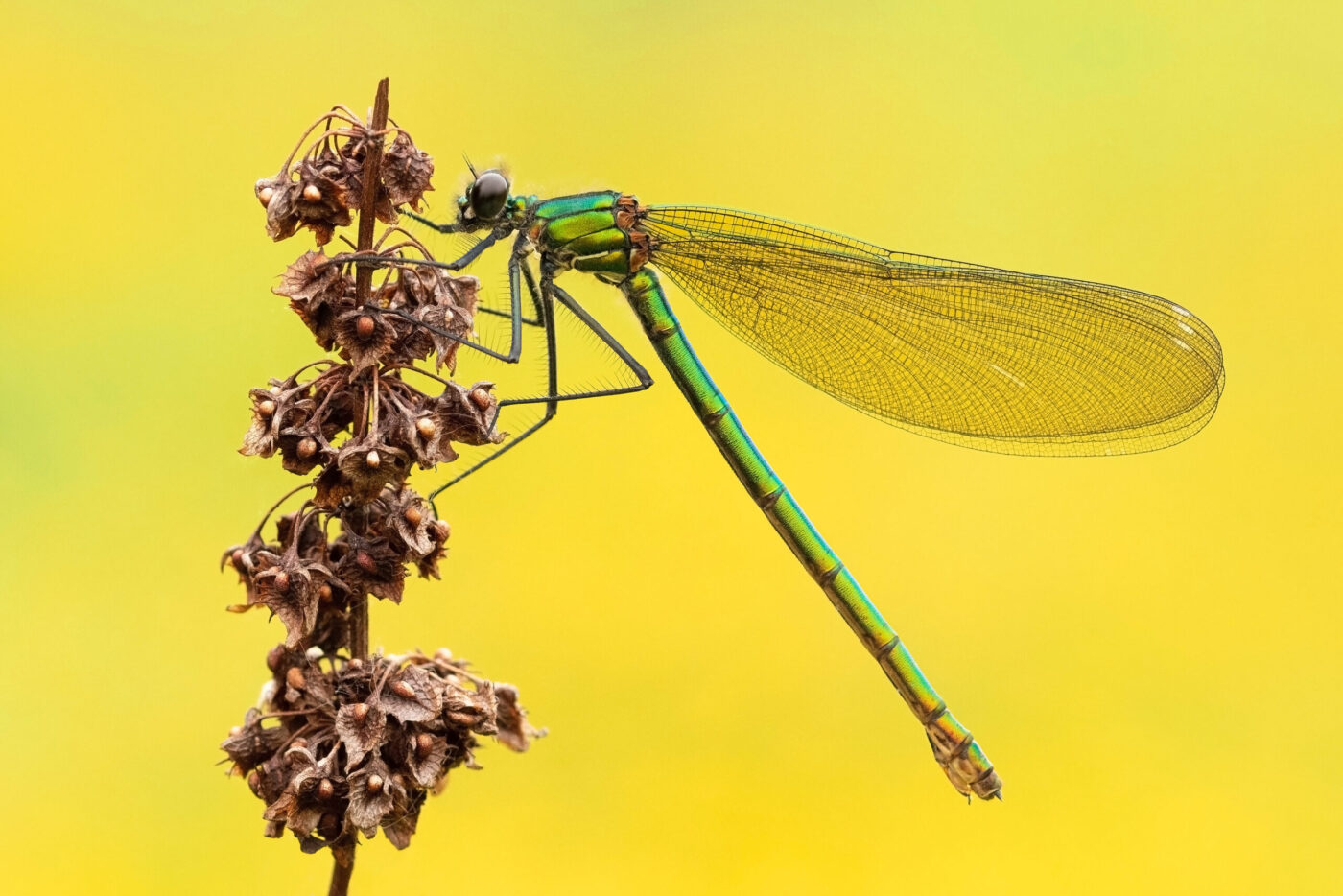
Dozing Demoiselle
Bailey Carswell-Morris
The male colours are even more vibrant.
- Dragonflies and damselflies
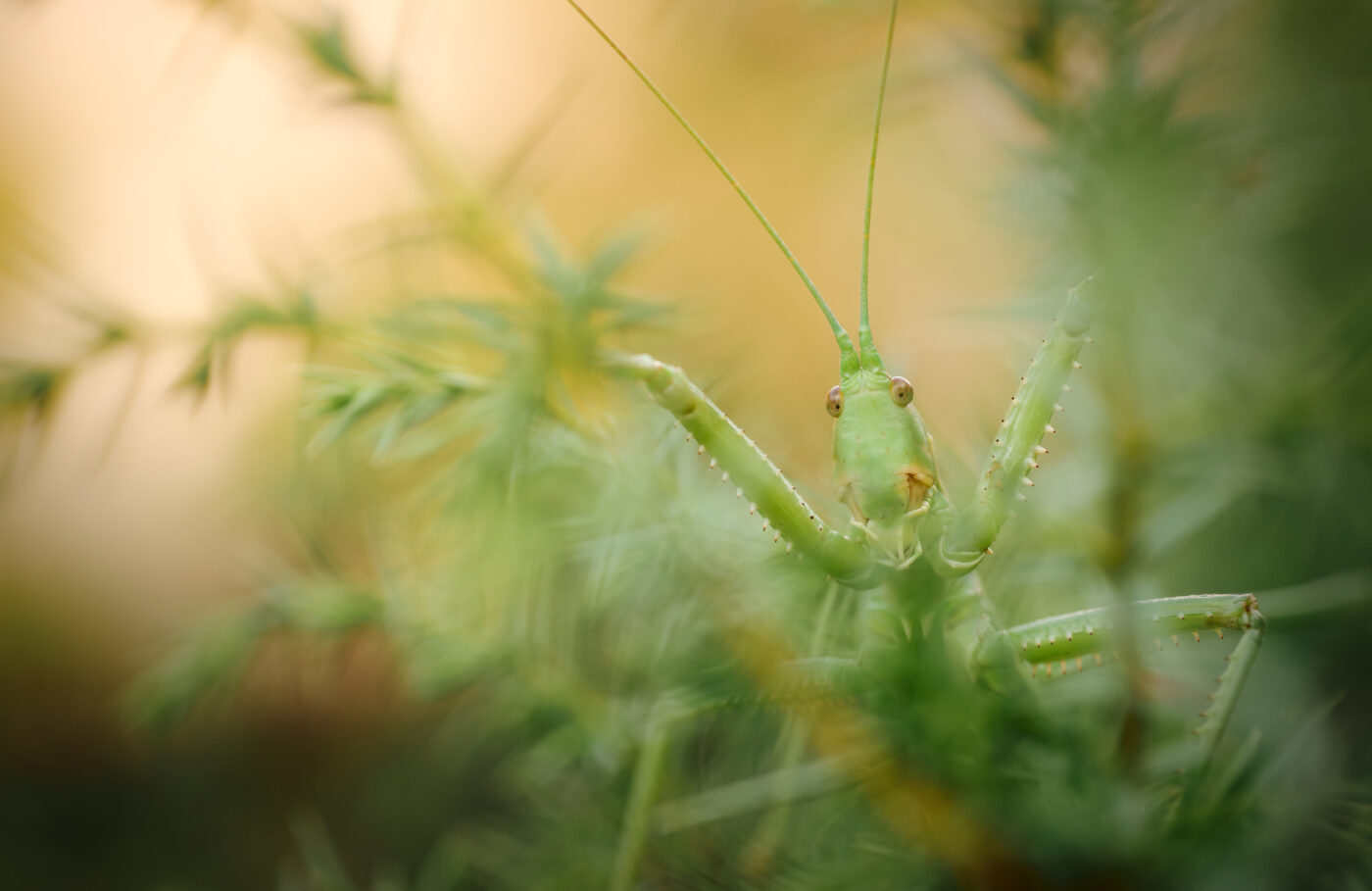
Low angle shot of a Saga hellenica.
Panagiotis Dalagiorgos
These large, predatory bush-crickets feed on other insects.
- Grasshoppers, crickets and bush-crickets
Highly Commended
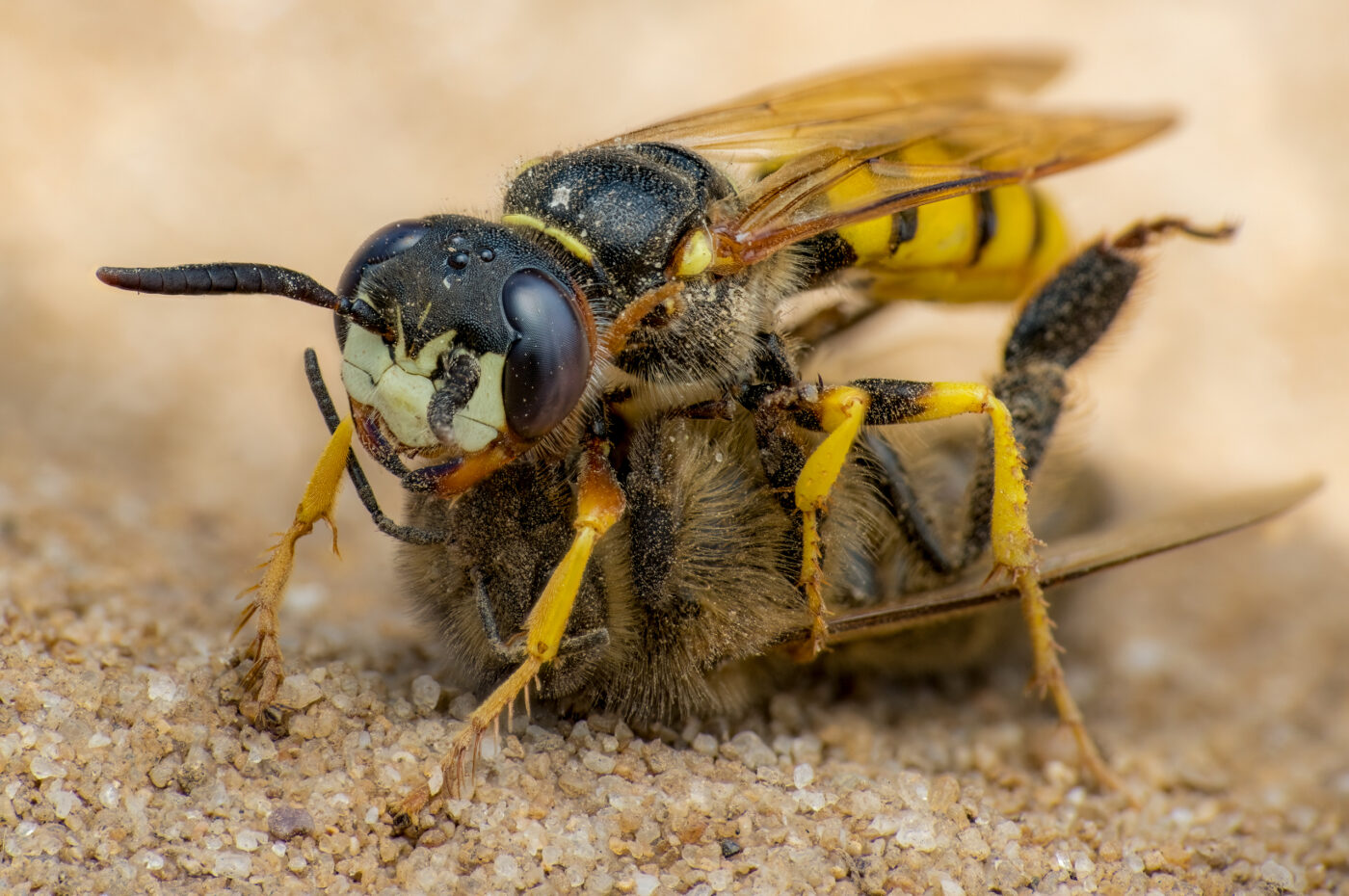
Beewolf complete with Honey bee prey. Stacked image.
Rory Lewis
The female wasp provisions the nest dug in sandy soils with captured and paralysed honey bees before laying an egg. Nests can be up to a metre long.
- Ants, bees, wasps and sawflies
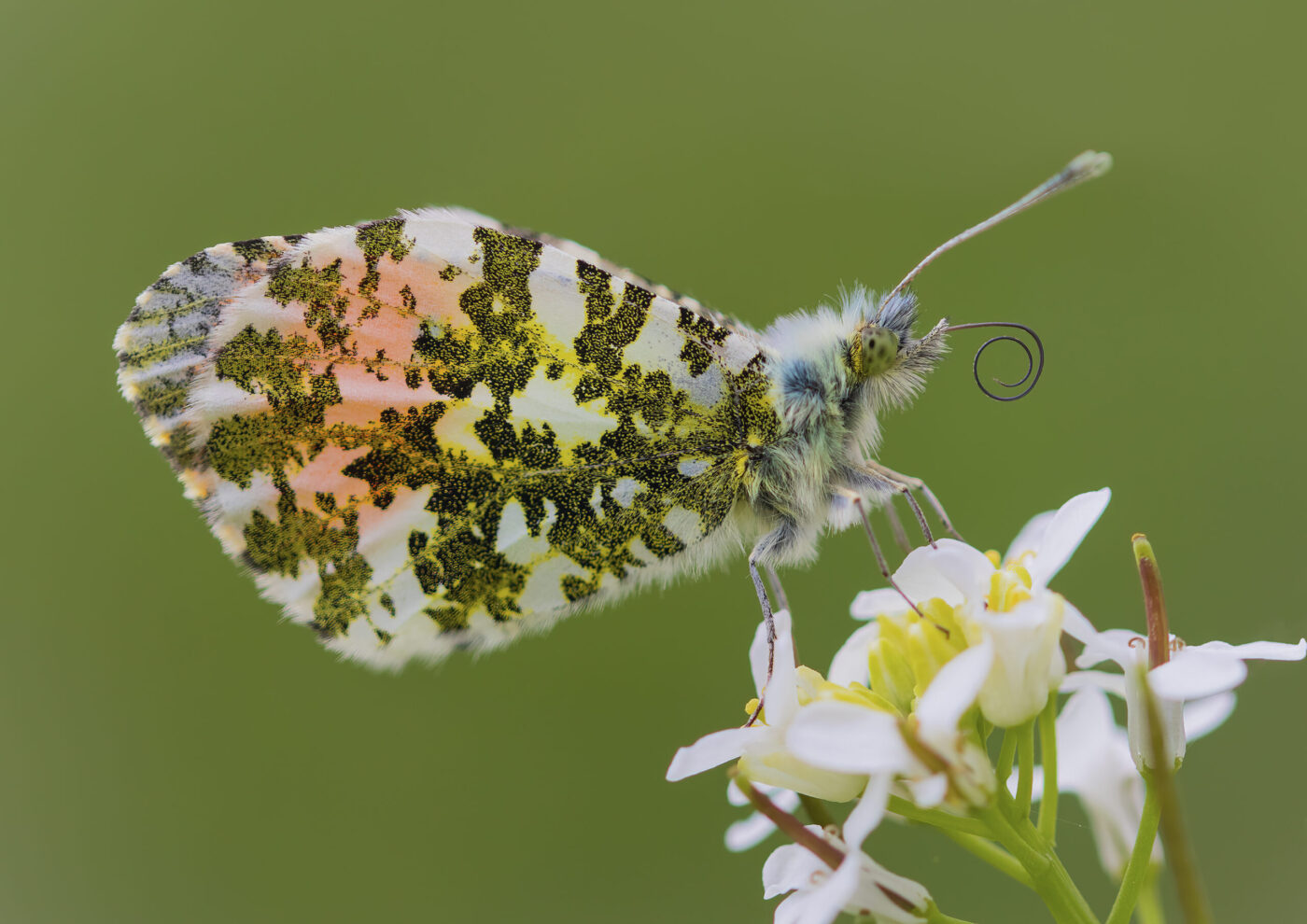
Male Orange tip underwing, backlit by the afternoon sun.
Sarah Perkins
Only males have the orange tip on the upper forewing.
- Butterflies and moths
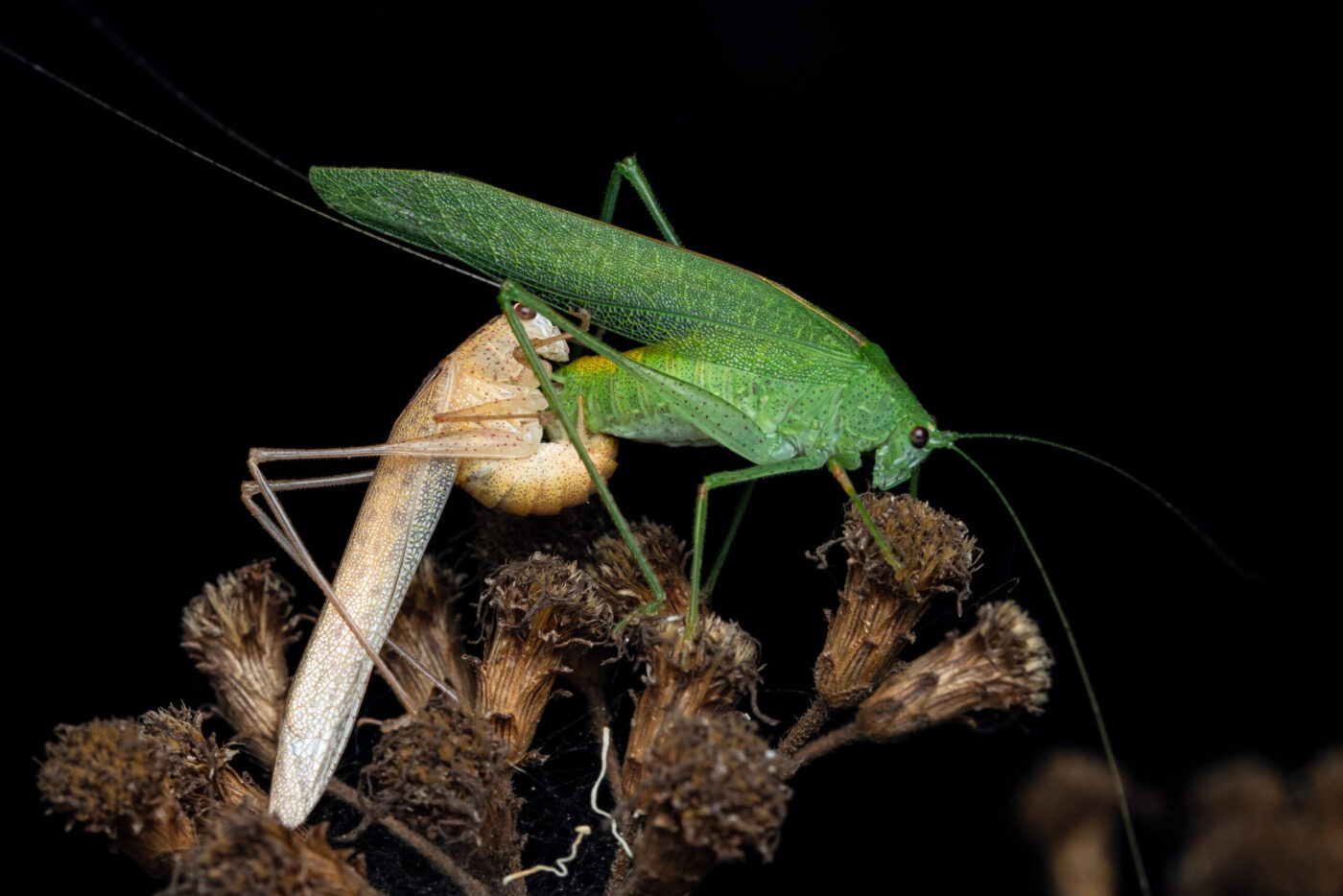
Mating Katydids
Amith Kiran Menezes
Although closely related to grasshoppers, bush-crickets/katydids are easily distinguished by their long antennae.
- Grasshoppers, crickets and bush-crickets
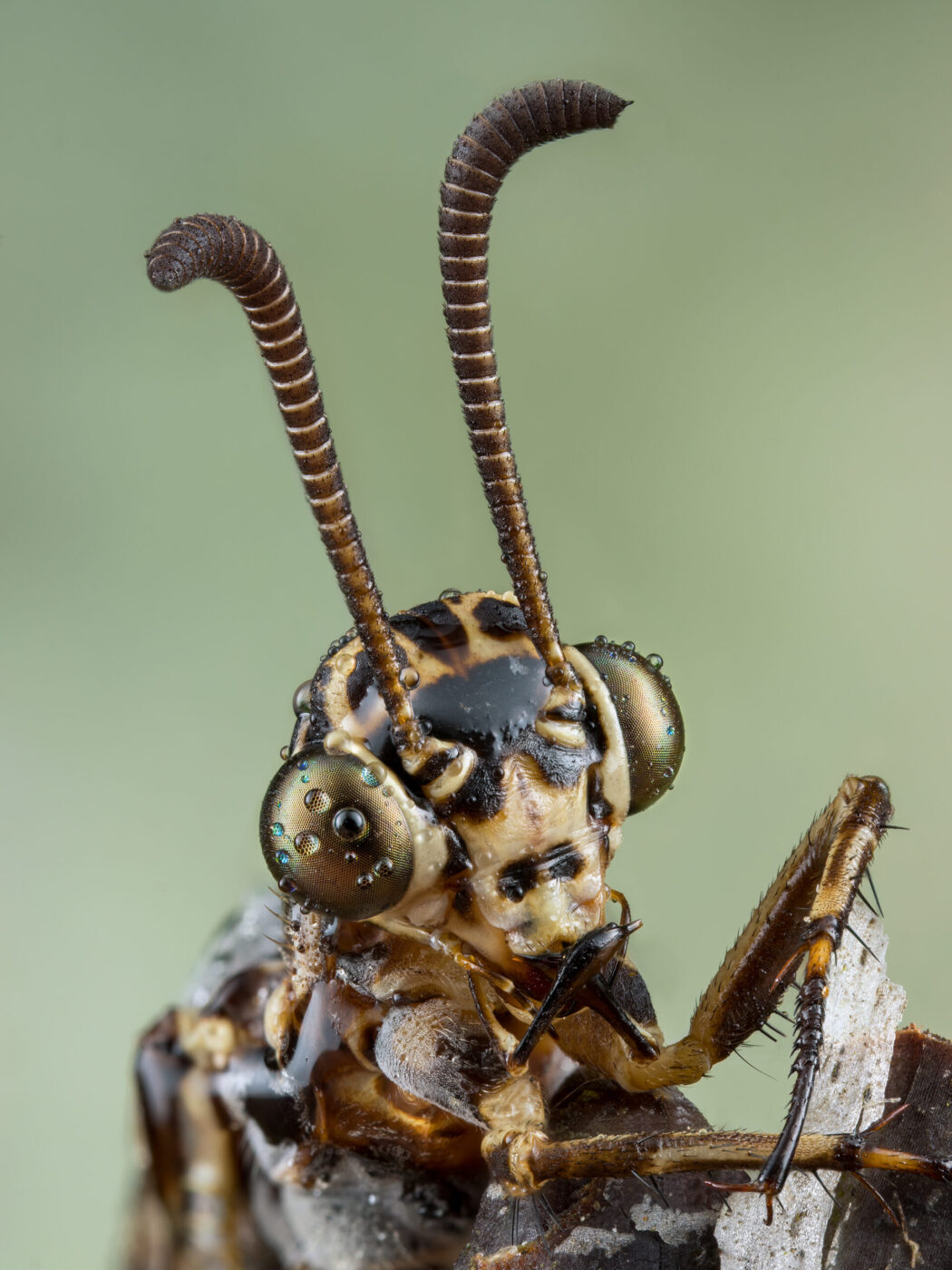
This beautiful ant lion was found late night after a rain storm.
Dennis Teichert
The larvae dig funnel-shaped pits in sandy, light soil and bury themselves at the bottom. They feed on small arthropods that fall into the pit.
- Lacewings, antlions and mantidflies
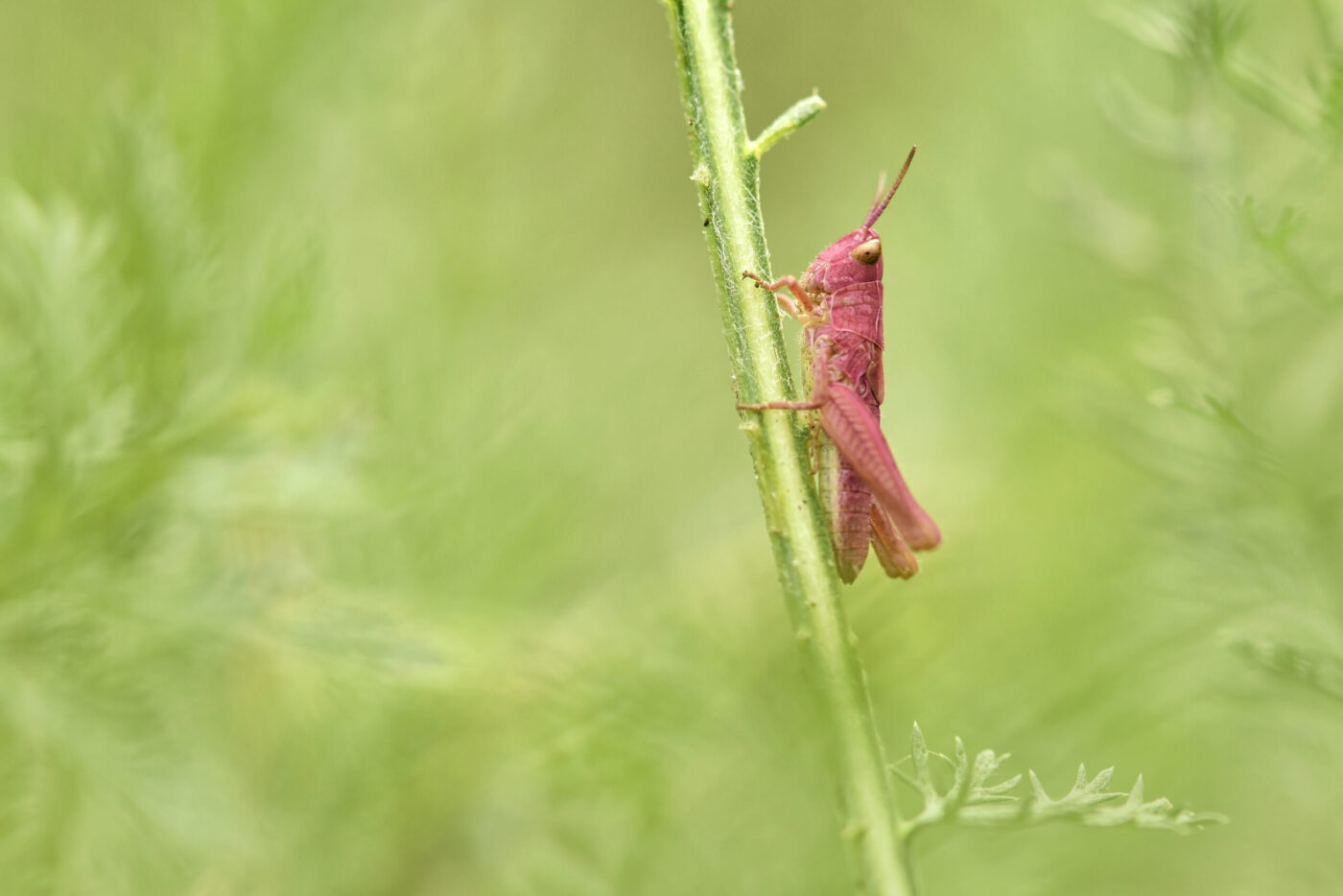
Pink Grasshopper with genetic mutation known as erythrism, which causes a reddish discolouration.
Beverley Brouwer
This species shows a wide variation in colours from greens, browns through yeloow and black to pink/purple. The rarer pink-purple form occurs in females.
- Grasshoppers, crickets and bush-crickets
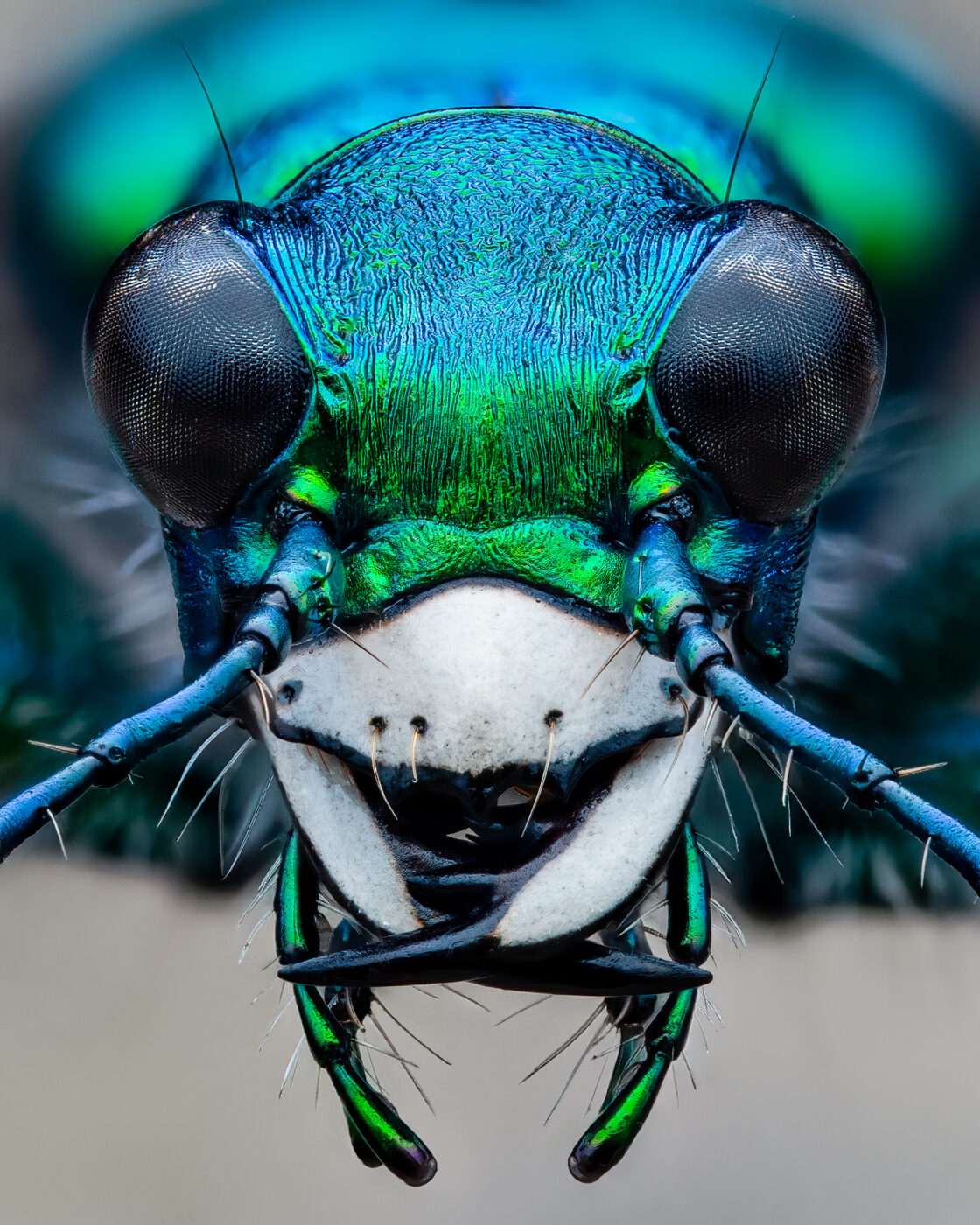
Six-Spotted Tiger Beetle
Benjamin Salb
A metallic green beetle native to North America. The soil-dwelling larvae and adults are efficient predators with large mandibles.
- Beetles
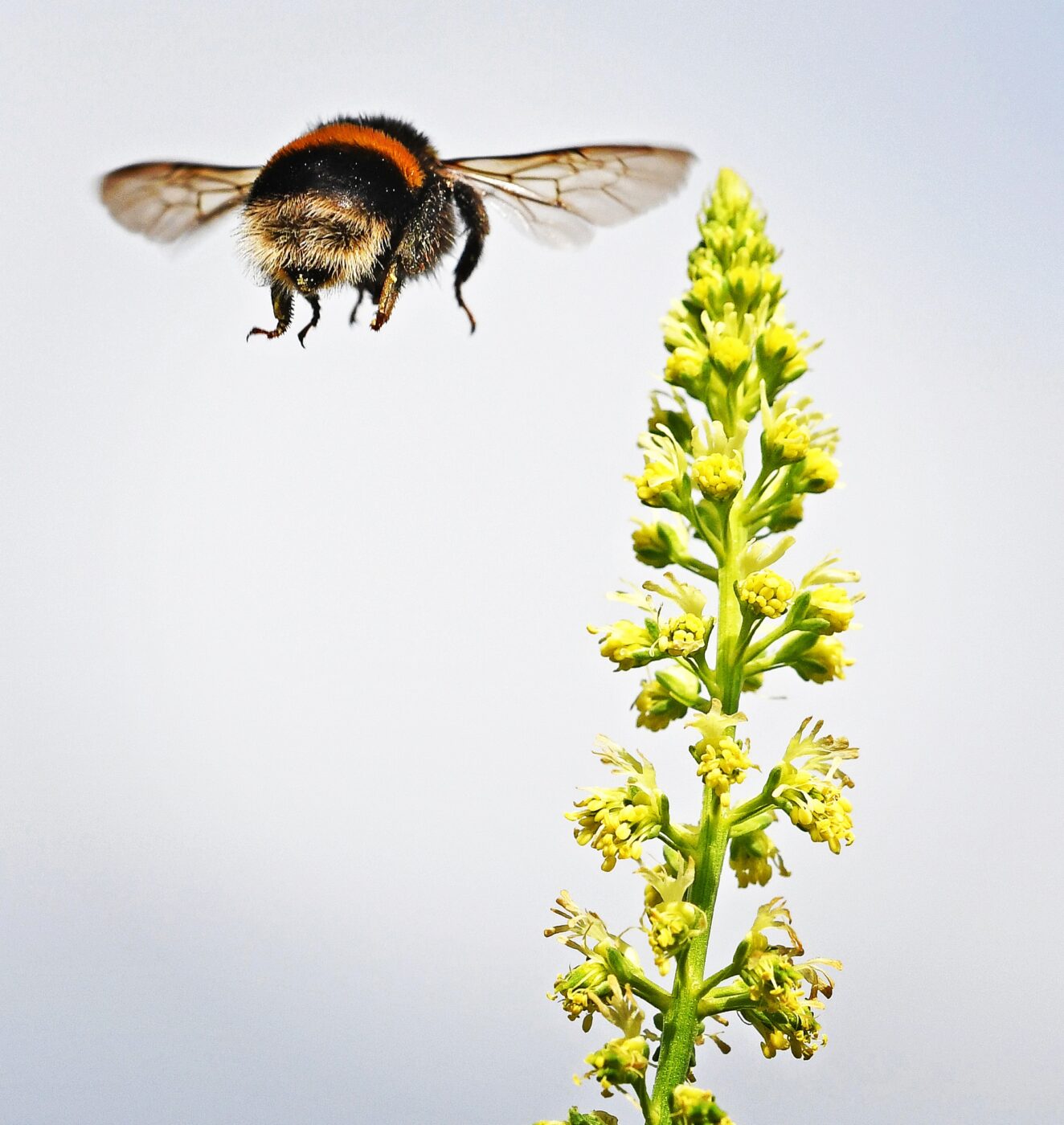
Incoming!
Raymond J Cannon
A common bumble bee found throughout Europe. An excellent pollinator and reared commerially to enhance crop pollination.
- Ants, bees, wasps and sawflies
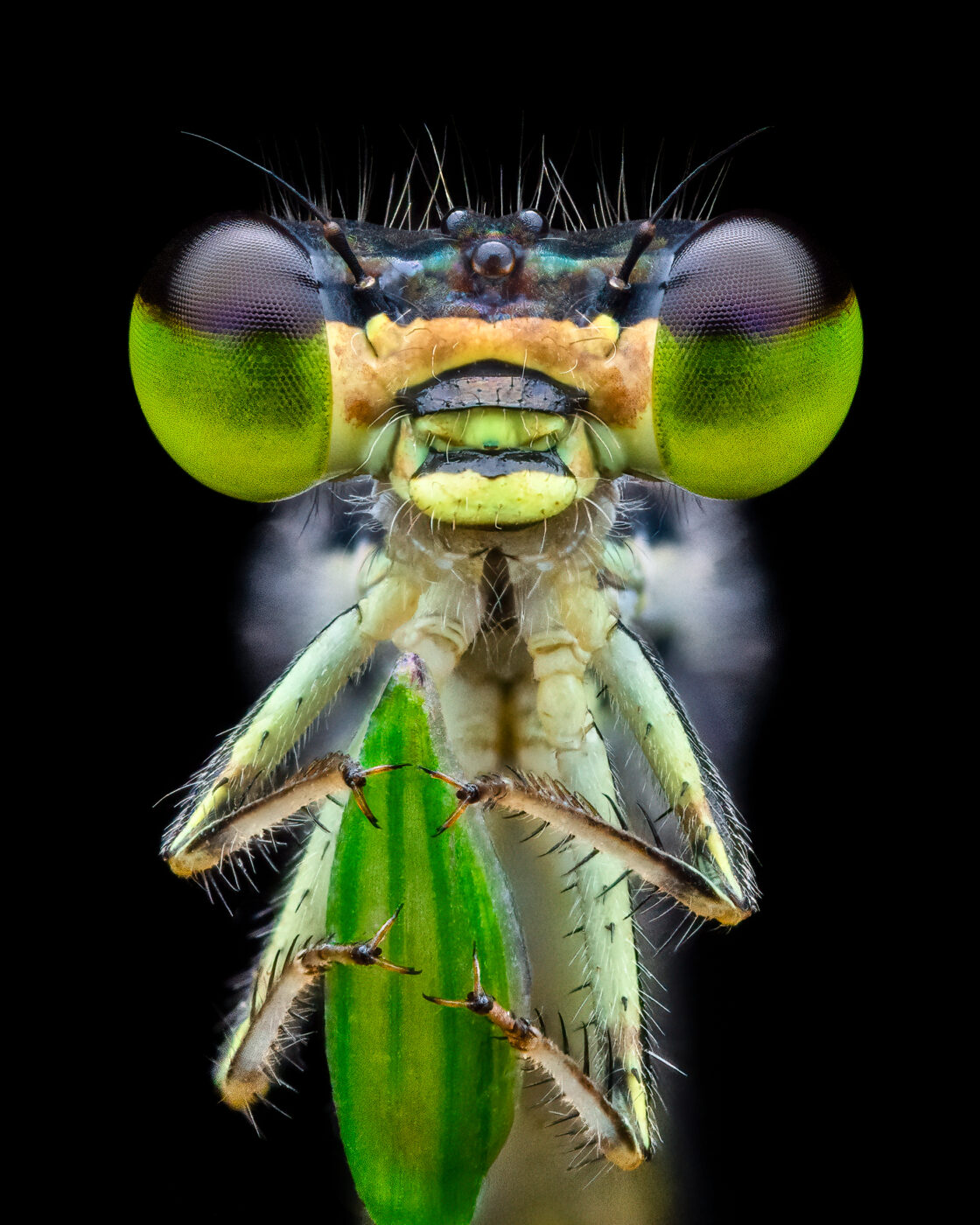
45 frame handheld focus stack of one of the smallest damselflies I’ve ever seen.
Benjamin Salb
A small damselfly native to eastern North America.
- Dragonflies and damselflies
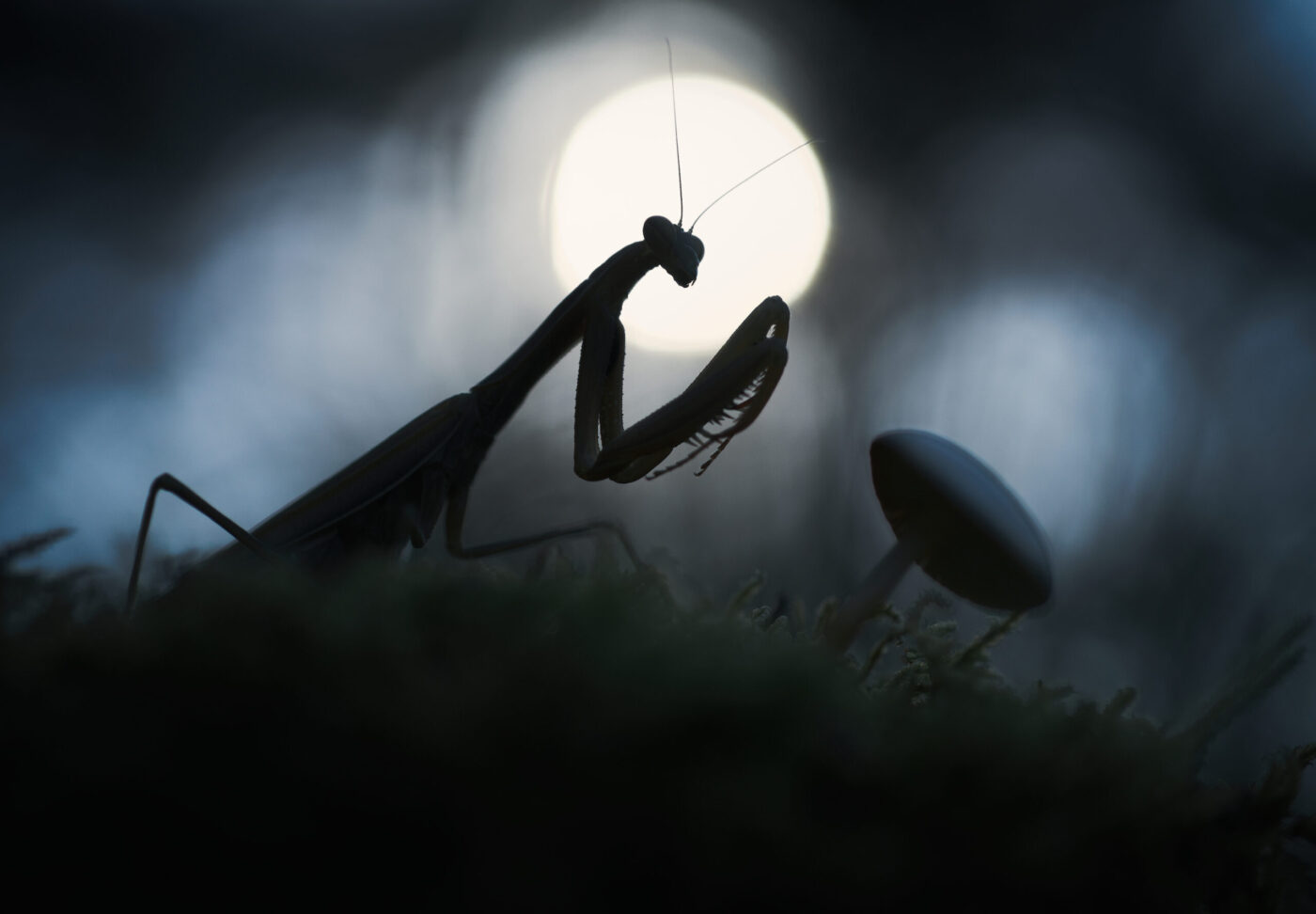
Backlit shot of a Mantis religiosa next to a mushroom.
Panagiotis Dalagiorgos
The widely spaced eyes allow three dimensional vision required for accurate prey capture. Mantids are cannibalistic and well known for females devouring males before, during or after mating.
- Mantises
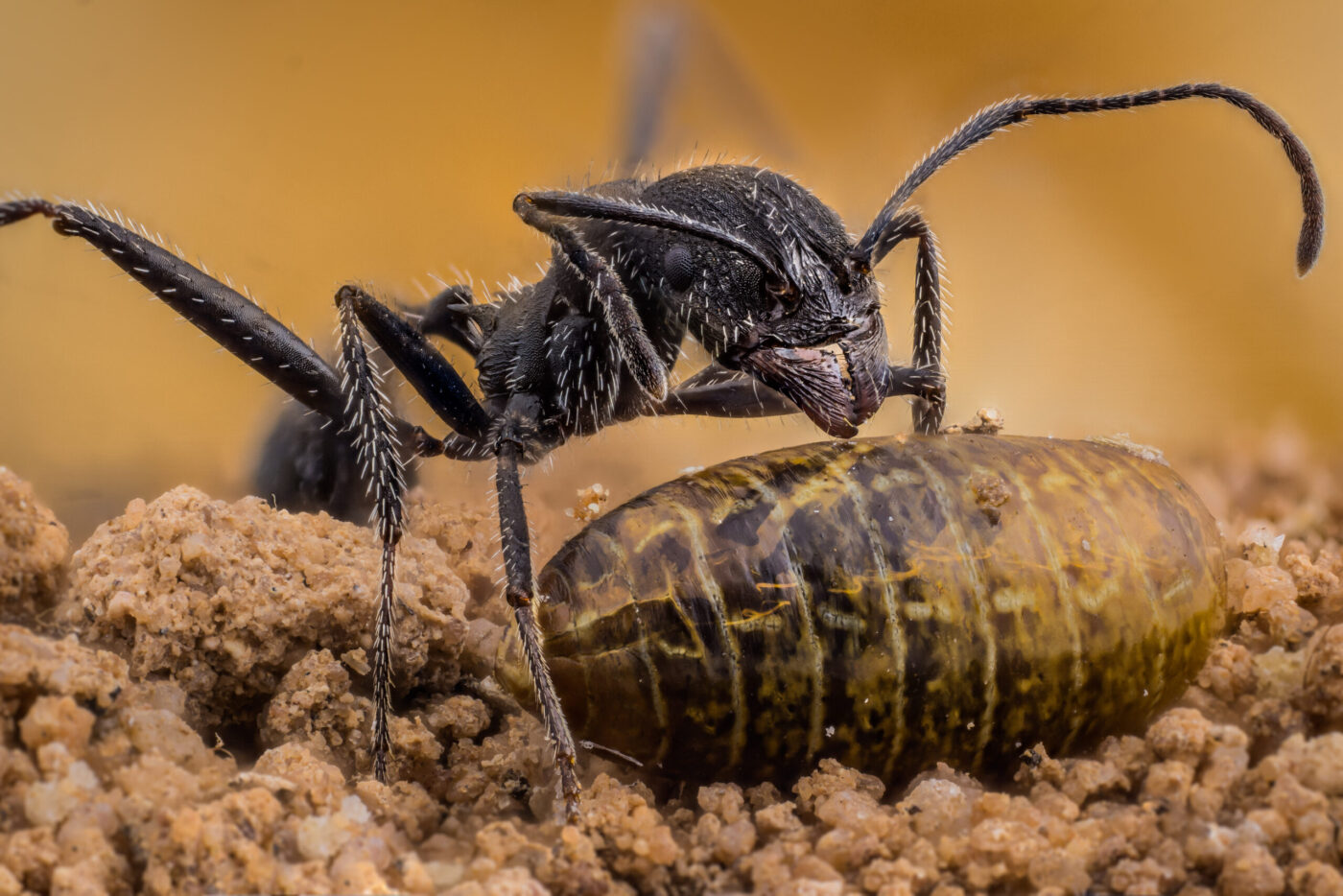
Some ant species are key predators of soil dwelling pests, Aphaenogaster iberica depredates on fruit flies pupae in the ground of citrus orchards
Ángel Plata
As the name suggests, this ant is native to the Iberian Peninsula but also Morocco.
- Ants, bees, wasps and sawflies

